
Solar-Powered Tesla Experiment Proves Off-Grid Charging Is Possible
Solar-Powered Experiment: A Tesla Model 3 Owner Proves Sunlight Can Meaningfully Charge an EV
A Tesla Model 3 owner recently conducted a real-world experiment to see whether sunlight alone could meaningfully keep his electric vehicle charged. To do this, he installed a custom-built solar roof system designed specifically for efficiency and minimal added weight. His setup included lightweight, high-efficiency photovoltaic panels, a smart charge controller capable of regulating fluctuating solar input, and a compact auxiliary battery system to store excess energy throughout the day. By optimizing each component, he created a mobile solar array that was both aerodynamic and practical for daily use.
During days of consistent sunlight, the system generated enough energy to add a measurable amount of driving range—without drawing any power from the electrical grid. While the upgrade didn’t replace the need for conventional charging entirely, it successfully demonstrated that a well-designed solar rig can meaningfully support everyday driving, especially for short-distance commuters. According to energy researchers from MIT and Fraunhofer ISE, small, high-efficiency panels can now convert far more sunlight into usable energy than similar panels from a decade ago, making this type of experiment increasingly feasible.
A Glimpse Into the Future of Solar Mobility
The findings from this DIY project reinforce the growing interest in solar-assisted electric mobility. Engineers studying renewable transportation—from teams at Stanford University to research groups at the Technical University of Delft—note that solar efficiency continues to improve each year. Even modest gains in panel output can significantly impact charging capability when applied to large surface areas like car roofs and hoods.
Several university research programs in Europe and the United States have been testing vehicle-integrated solar panels under real driving conditions. Studies from the University of Michigan Transportation Research Institute indicate that solar-enhanced EVs could eventually reduce daily charging costs and extend commuting range, particularly in regions with high solar exposure. Some prototype vehicles have already demonstrated the ability to gain several miles of free range per day simply by sitting in a sunny parking lot—an idea that once seemed futuristic but is quickly becoming plausible.
Real-World Evidence of Solar-Supported Driving
What makes this Tesla owner’s project valuable is its practical, everyday nature. Instead of relying on theoretical models or lab simulations, it shows how commercially available components can be combined to make solar-assisted driving a reality right now. Energy analysts from International Energy Agency (IEA) point out that supplemental solar charging doesn’t need to replace full EV charging to be impactful; even offsetting part of daily energy consumption can reduce costs, extend battery life, and ease pressure on public charging infrastructure.
The experiment also hints at the broader potential of solar mobility in sunny regions. In areas with consistent sunlight—such as parts of California, Spain, Australia, and the Middle East—small integrated solar systems could meaningfully support daily commuting needs. While urban drivers with short trips stand to benefit the most, ongoing improvements in panel efficiency and lightweight materials suggest that solar-assisted EVs could one day offer meaningful range boosts for a wider range of consumers.
A Step Toward Smarter, Cleaner Transportation
Although fully solar-powered cars remain a long-term goal, this project demonstrates that solar-supported driving is already possible with current technology. The success of this Tesla Model 3 experiment adds to a growing body of evidence from leading institutions that solar and electric mobility can complement each other more effectively than many assumed. As technology improves and more automakers explore integrated solar designs, the idea of using sunlight to reduce charging costs—and even extend driving range—may soon become mainstream.
This experiment offers a clear message: with creativity, engineering know-how, and the rapid advancement of solar technology, sustainable transportation is no longer a distant vision but an emerging reality.
News in the same category

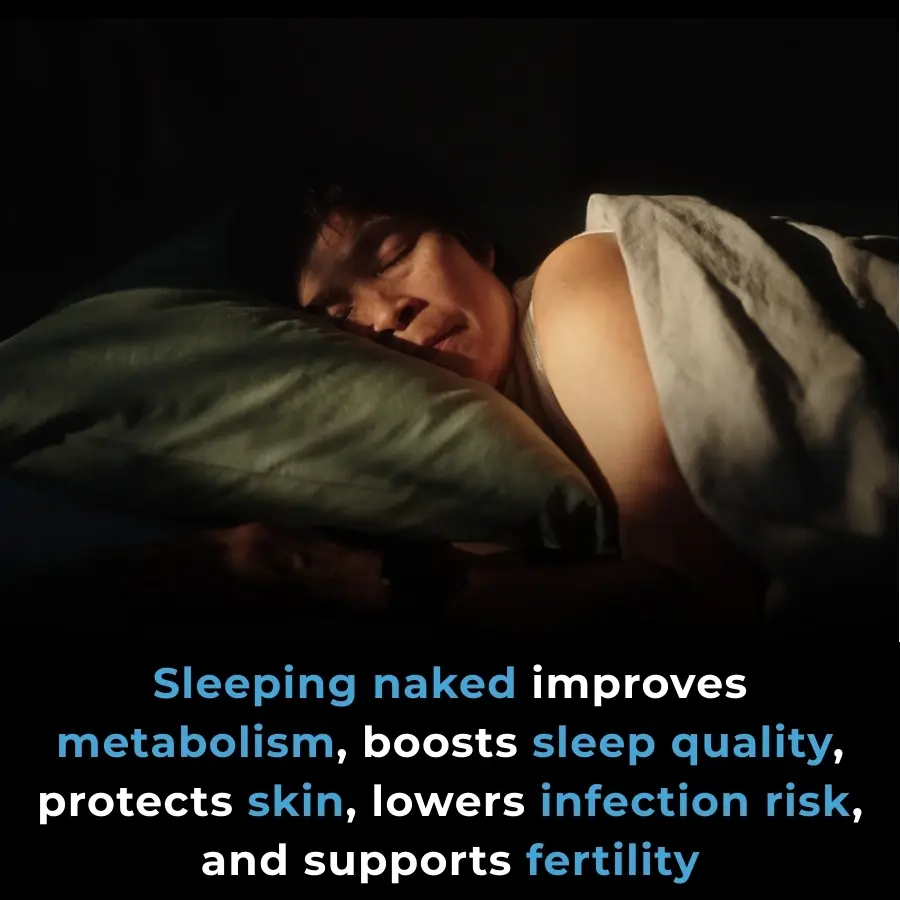
Why Sleeping Naked May Boost Your Sleep, Skin Health, and Metabolism

Why You Should Be Putting Salt in Your Toilet

Why Some Children Don’t Visit Their Parents Often

Will Americans Receive $2,000 Stimulus Checks? What You Need to Know

14 Reasons to Drink Lemon Water First Thing in the Morning

Meet the Owners Behind Baltimore’s First Black & Woman-Owned Bodega

Quinta Brunson to Receive Keys to Hometown City of Philadelphia

Bethann Hardison & Andrew J. Young Honored at Gordon Parks Foundation Gala

Jay-Z & Luther Vandross’ First Albums Inducted Into GRAMMY Hall of Fame

Sheryl Lee Ralph Gets Emotional After Learning Her Ancestors Were Free People on ‘Finding Your Roots’

Philadelphia Entrepreneur Becomes The First Queer Black Woman To Lead A Biopharmaceutical Manufacturing Company

‘Tia Don’t Piss Me Off’: Tia Mowry’s Selfie with Mystery Man Has Folks Noticing He Looks Nothing Like Ex Cory Hardrict Despite Reunion Chatter

Todd Tucker vs. Kandi Burruss: Prenup Could Make or Break a $30M Empire

HBCU Grad Rajah Caruth Secures Second Career NASCAR Truck Series Win

NPR’s Tiny Desk Celebrates Black Music Month With Performances by Amerie, Beenie Man, CeCe Winans & More

Tiffany Derry Makes History as MasterChef’s First Black Full-Time Judge

Kwame Onwuachi to Open New Restaurant ‘Maroon,’ the First Black Chef-Led Restaurant on the Las Vegas Strip

How Artists and Engineers Are Confusing Facial Recognition AI
News Post
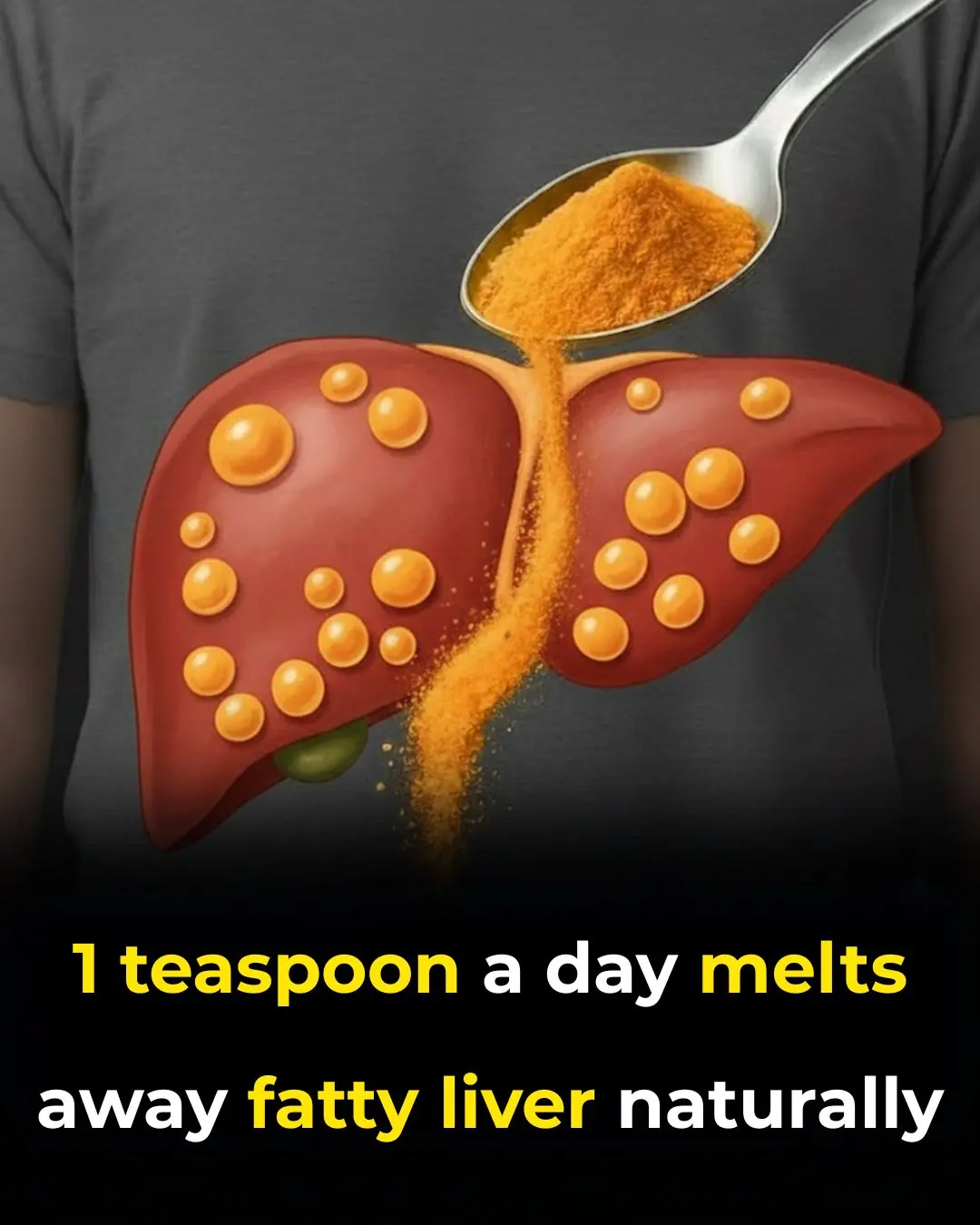
1 teaspoon a day melts away fatty liver naturally

Turning Grass Into Paper: Wageningen Researchers Create Sustainable Alternative to Wood Pulp

Why Sleeping Naked May Boost Your Sleep, Skin Health, and Metabolism

The Girl Who Brought Graduation to the Jailhouse Door.

The Last Walk — A Love That Refused to Let Go.
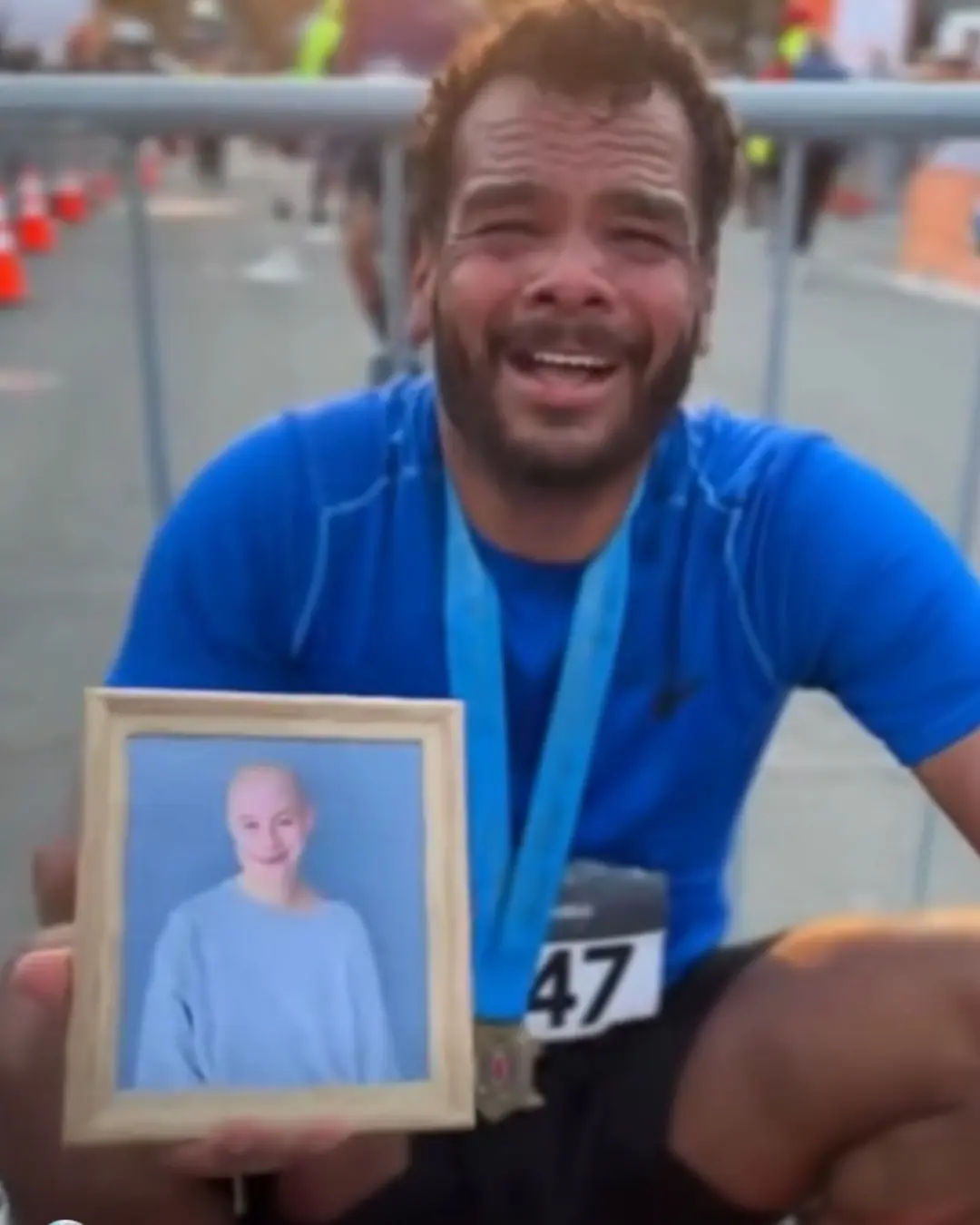
The Race She Never Got to Run.

He Refused to Leave the OR — Even After 16 Hours Off the Clock.

Lunch for Three: A Soldier, a Widow, and the Man Who Still Lives at the Table.

THE LITTLE GIRL AND THE ELEPHANT WHO THANKED HER.

Mix rice with this and leave it in the corner of the house, it will wipe out all the rats overnight.

When choosing a cantaloupe, use these 4 tips to ensure you buy one with thin skin and sweet flesh.

High Blood Pressure Has a New Culprit …And It’s Not Salt
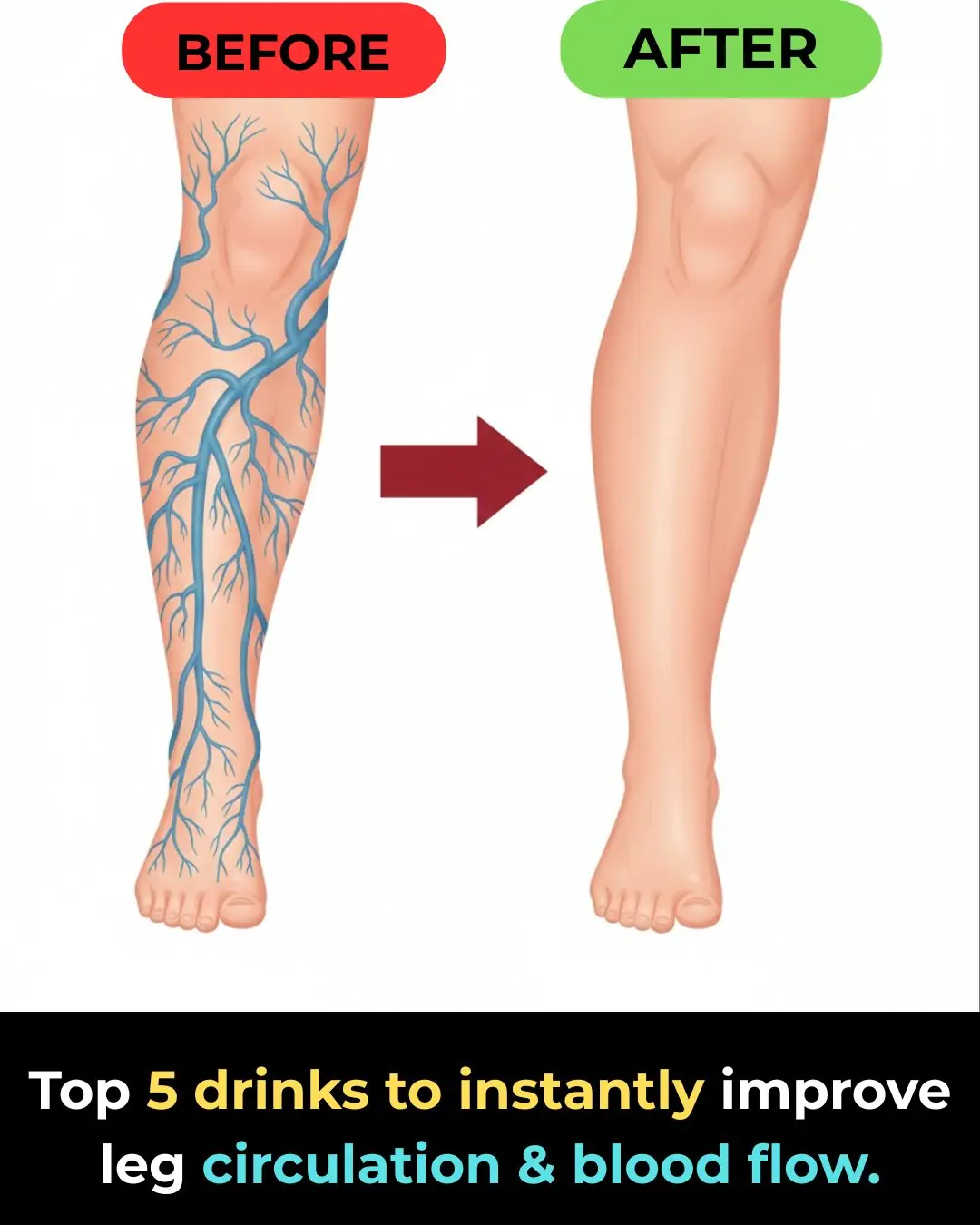
Top 5 drinks to INSTANTLY improve leg circulation and blood flow

Doctor says this is the #1 supplement to take if you have arthritis

Why Your Legs Cramp At Night And How To Stop It From Happening
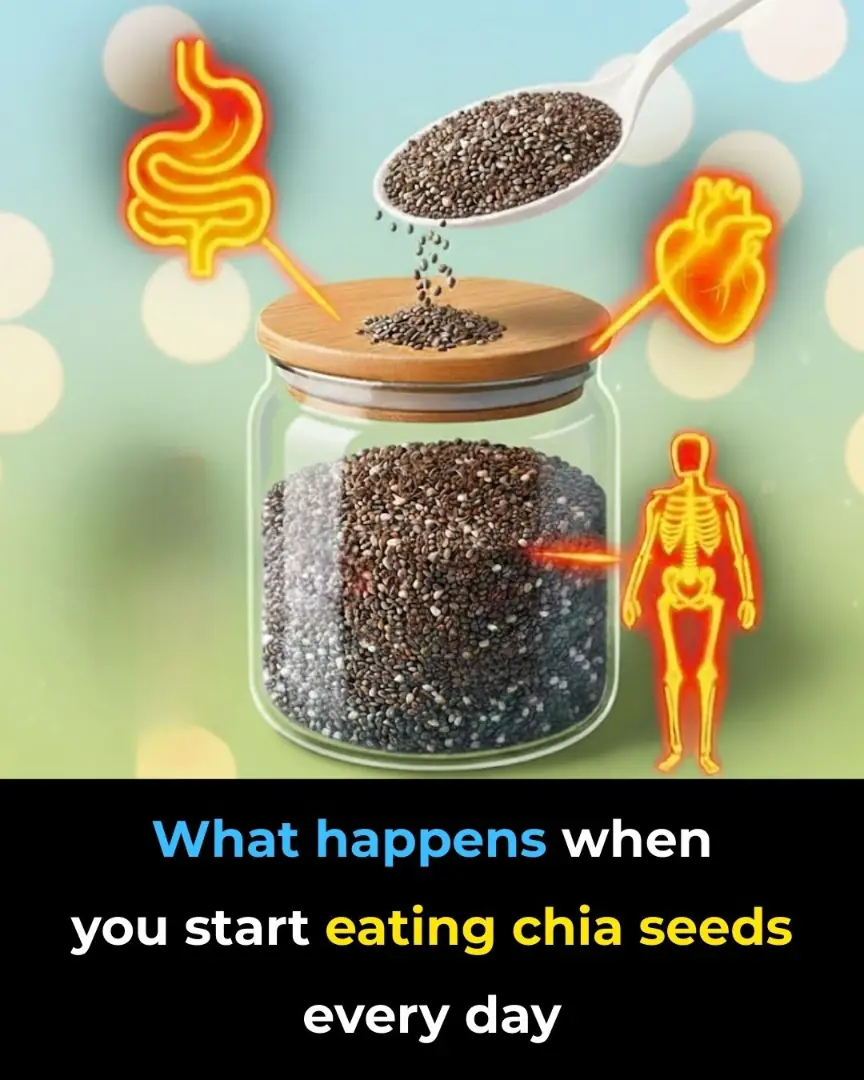
What happens when you start eating chia seeds every day

The Plant That Kills Cancer Cells, Stops Diabetes And Boosts Your Immune System!

How to treat nerve pain in the foot, toes & legs
